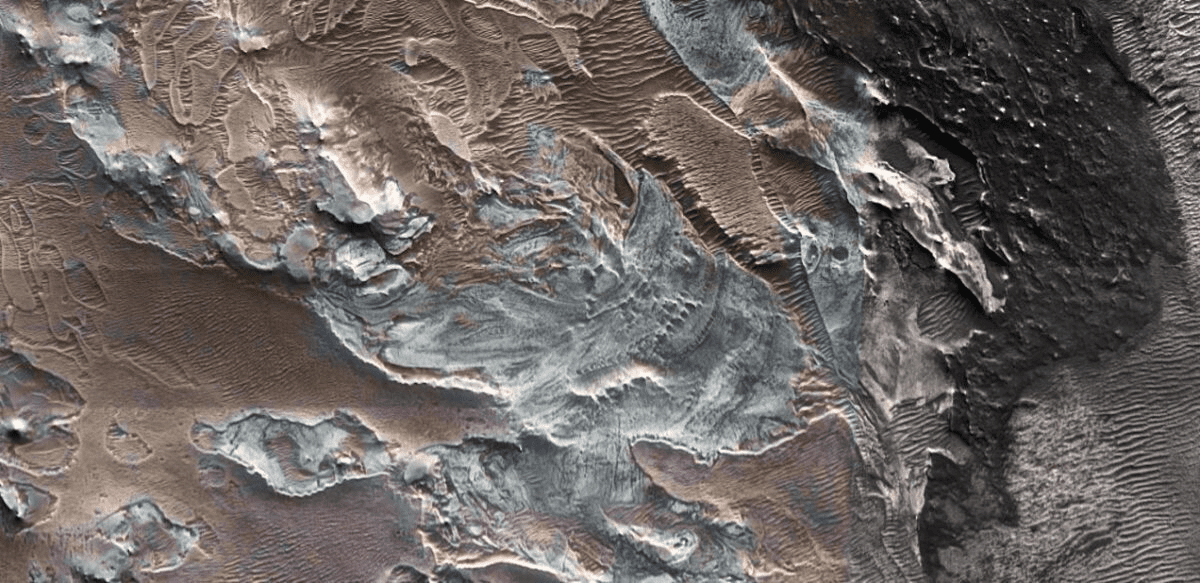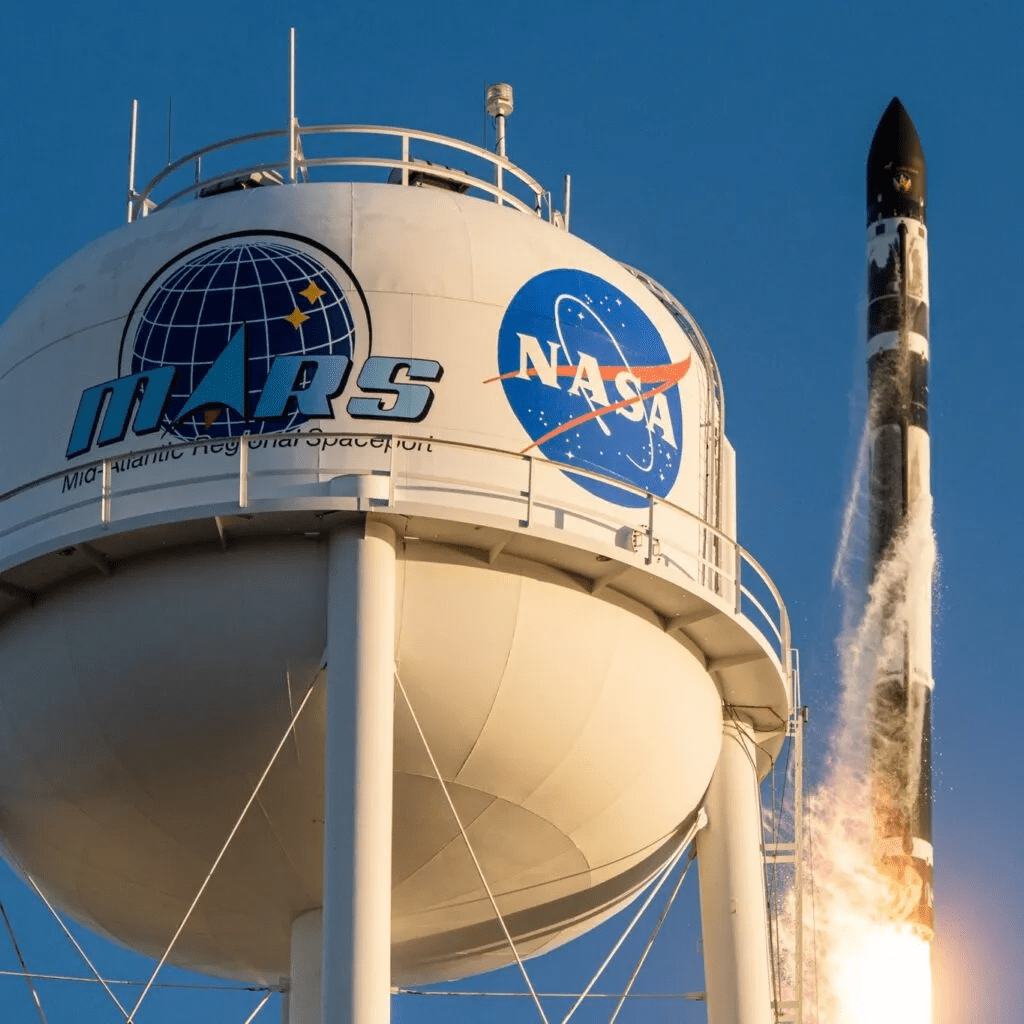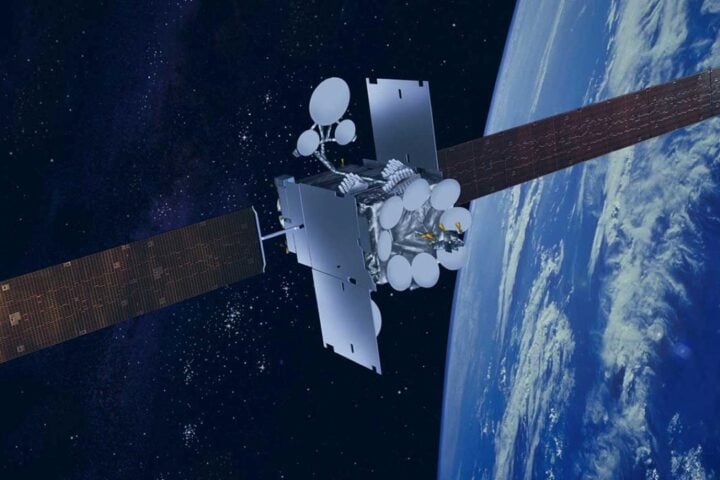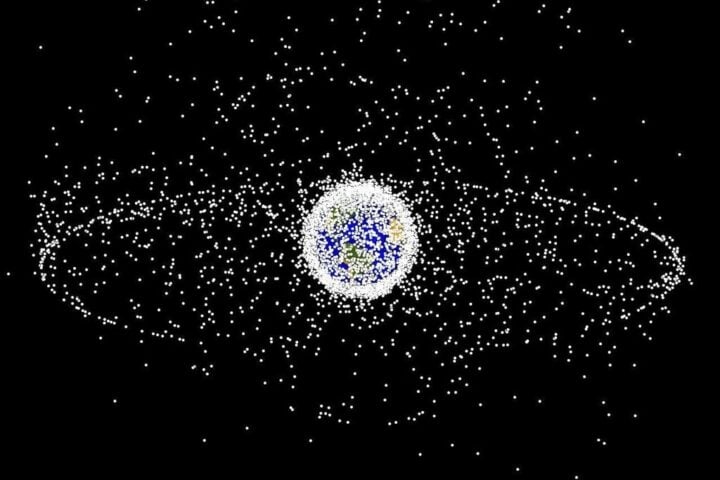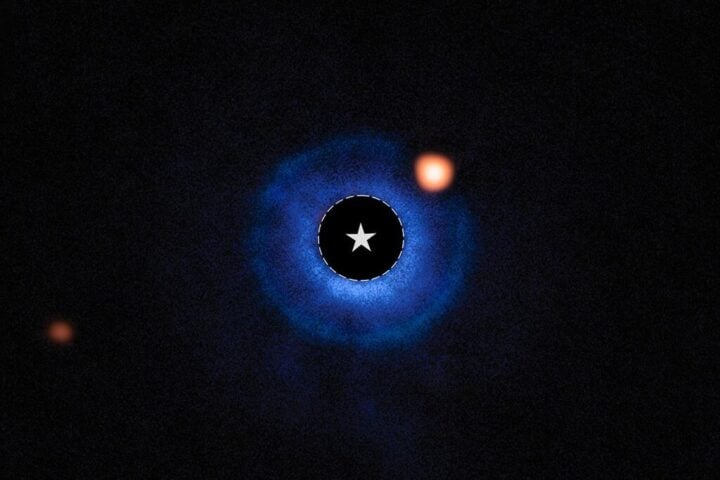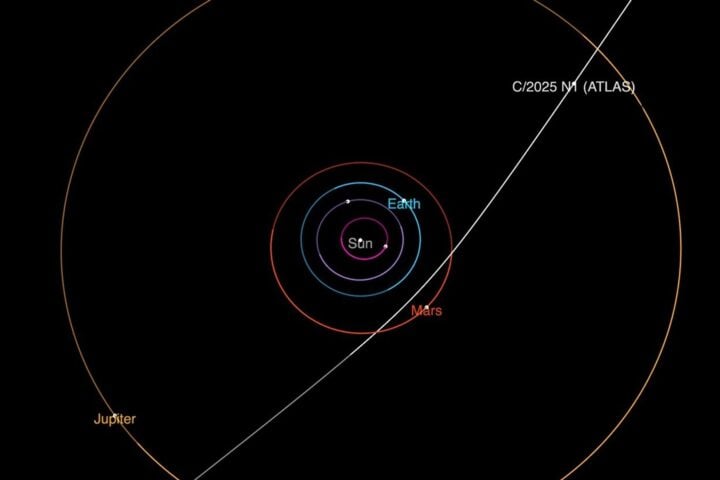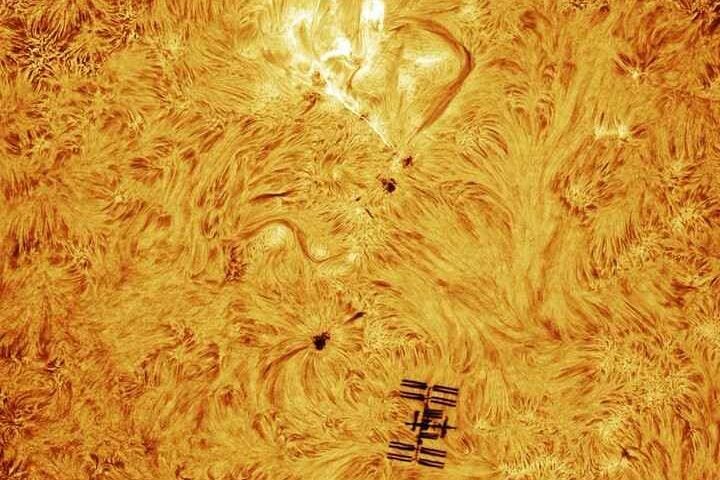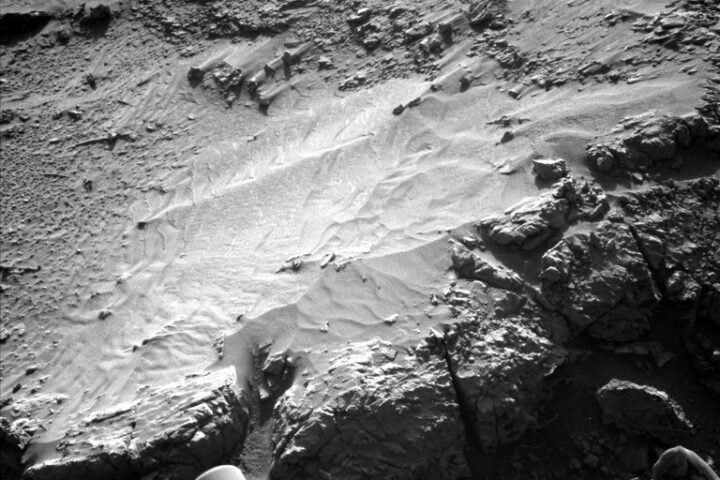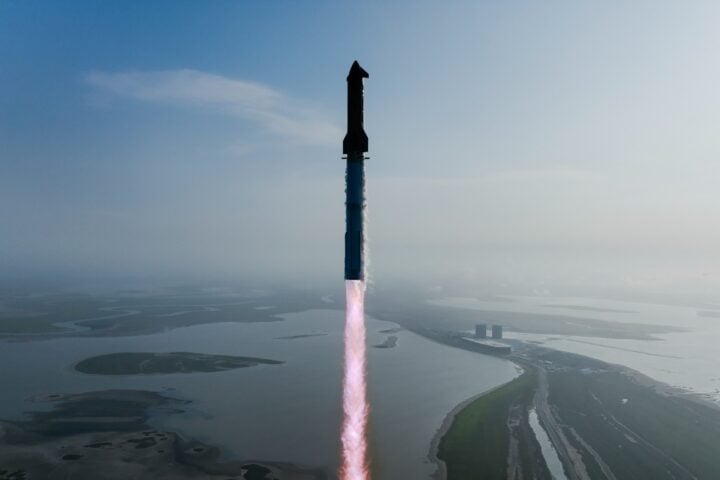A relict glacier near the equator of Mars has been discovered by scientists. It suggests the presence of surface water ice on the planet in recent times. The glacier was found in Eastern Noctis Labyrinthus & is estimated to be 6 km long & up to 4 km wide, with a surface elevation ranging from 1.3 to 1.7 km. The discovery implies that there may still be ice at shallow depths in the area, which could have significant implications for future human exploration. The glacier is one of many light-toned deposits found in the region, which usually consist mainly of light-colored surface salts. The discovery is significant because it shows that Mars’ recent history may have been wetter than previously thought, which could have implications for understanding the planet’s habitability.
The glacier was formed when salt formed on top of a glacier while preserving the shape of the ice below, including crevasse fields & moraine bands. This is the most likely explanation for the hydrated & hydroxylated surfaces that are observed in this light-toned deposit. Over time, erosion removed the blanketing volcanic materials, exposing a crusty layer of sulfates, which explains how a salt deposit is now visible, presenting features unique to glaciers such as crevasses & moraine bands.
It is believed by the researchers that the glacier is geologically young, likely from the Amazonian geological period, which includes modern Mars. The finding is significant, as previous glacier activity on Mars has only been detected at higher latitudes. The discovery could also offer insight into how surface salts on Mars might offer protection to otherwise sublimation-vulnerable ice at low latitudes on the planet.
Although water ice is not stable on the surface of Mars near the equator at these elevations, it is possible that some of the glacier’s water ice may still be protected at a shallow depth under the surface salts. The study draws an analogy with the ancient ice islands on salt lake beds of the Altiplano in South America, where old glacier ice has remained protected from melting, evaporation, & sublimation beneath blankets of bright salts.
